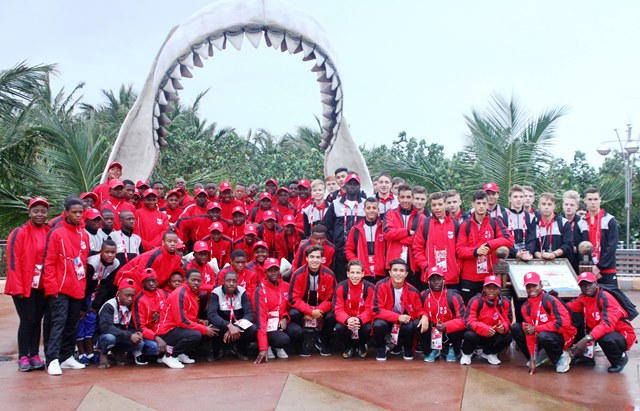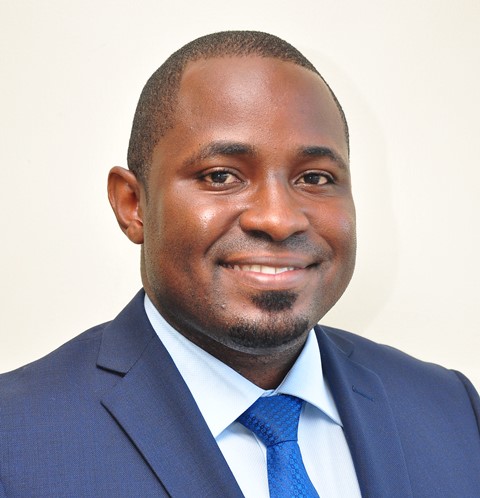The Uganda Martyrs Trail is Uganda’s exclusive faith-based tourism product that takes you through different places where the first Christian missionaries passed and preached from, and where some of the Uganda Martyrs were killed before their bodies were taken to be burnt at Namugongo.
The death of these martyrs has always been memorable in the hearts of many people especially Christians who celebrate the lives of the martyrs on 3rd June of every year a day the republic of Uganda considers as the Uganda Martyrs’ Day and a public holiday. Their remembrance was amplified when the Catholic Church of Rome beatified the martyrs of its faith in 1920 and canonized them in 1964.
Many pilgrims, especially Christians, from all over the world descend to the Pearl of Africa to join together with Ugandans to commemorate the martyrs’ day. This is celebrated in remembrance of 45 young men (recorded) both Anglicans and Catholics who were killed on the orders of Kabaka Mwanga II (then the King of the Buganda Kingdom in Central Uganda), for refusing to renounce their faith in Jesus Christ or Christianity. The execution took place between November 1885 to June 1886 with a climax at Namugongo on 3rd June 1886, after the Kabaka (king) thought the Whites were ‘infiltrating’ his subjects with Christianity to cause rebellion against him. As a result he killed most of his servants at Namugongo.
Since its launch in 2014, the Uganda Martyrs Trail was expanded to cover such places like:
- Mapeera site in Ssese
‘Mapeera Site’ at Bugoma, Buggala Island in Ssese is the spot where Fr. Simeon Lourdel, who was later named “Mapeera” and Brother Amans first touched Ugandan soil when they landed at the site to spend the night of 15th February 1879 on their way to Lubaga to meet with Kabaka Muteesa I, seeking permission to set up a camp in Buganda to preach, teach and spread Christianity. - Kigungu Church, Entebbe
This is the second spot where Fr. Simeon Lourdel & Brother Amans landed on 17th February 1879 after spending a night at Bugoma, Buggala Island in Ssese, en route to Munyonyo to meet with Kabaka Muteesa I. - Mapeera site in Kisubi
On their way to meet with King Muteesa I at Munyonyo palace, the missionaries also stayed at Kisubi, on the shores of Lake Victoria along Entebbe road, a place the Catholic Church later revamped and established a seminary, schools and a well maintained beach and gardens. - Uganda Martyrs’ shrine, Munyonyo
In the same area where Kabaka Muteesa I had his palace lies the Munyonyo Matryrs’ Shrine. This is the place where the missionaries met with the Kabaka who had earlier on written a letter to Queen Victoria of UK in 1876 inviting Christians to come, teach and preach in the Buganda Kingdom. It’s also the place where the journey of the Martyrs, both Catholics and Anglicans, began before their martyrdom at Namugongo, happening after Kabaka Mwanga had assumed power when his father (Kabaka Muteesa I) died in 1884.
It was at Munyonyo where King Mwanga took the crucial decision to begin putting Christians to death. The blood of Uganda’s martyrs was shed on the soil around Munyonyo. The first three Christians to render their lives for Christ’s sake after the king’s decision did so on 26 May 1886. They included, St. Denis Ssebugwawo and St. Andrew Kaggwa. It is also in this place where in 1886 Saint Charles Lwanga, leader of the Christian community in Uganda baptized St. Kizito, St. Mbaga, St. Gyavira and St. Muggaga.
The place has now been refurbished with a Cathedral and a monument which were inaugurated by Pope Francis on 27th November 2015, when he visited the Pearl of Africa.
- Uganda Martyrs’ shrine, Namugongo (both Anglican & Catholics’ side)
The climax of the plight that befell the Uganda Martyrs between 1885 and 1886 happened at Namugongo, and the place was earmarked by the construction of a church. The construction of the Uganda Martyrs’ Shrine (Catholics section) began in 1967 and it was completed and formally opened by the special Papal envoy, His Eminence Sergio Cardinal Pignedoli on 3rd June 1975.
The Uganda Martyrs minor basilica/Shrine is a Catholic church dedicated to the Martyrs of Uganda who shed their blood because of the Christian faith. The Shrine is well known for its beautiful and unique interior and exterior, but it is especially notable for its shape and architectural plan: the 22 copper pillars-over 100 feet long that support the shrine built in form of an African hut and its wooden doors that depict the history of the Martyrs. The Shrine has a capacity 1000 seats arranged in a circular form.
It is here that 14 of the 22 Catholic Uganda Martyrs were burnt alive, on the orders of Kabaka Mwanga II in 1886, having refused to denounce their Christian faith. Following the holocaust of these Martyrs which reached a climax on 3rd June, 1886 Namugongo has steadily taken on the image of attraction as a place of pilgrimage, as God simultaneously has honoured them before Believers.
On 6th June 1920 Pope Benedict XV beatified the Uganda Martyrs. Pope Paul VI canonized them on Mission Sunday, 8th October, 1964 in Saint Peter’s Basilica, Rome. The same Pope honoured the Martyrs with a pilgrimage on 31st July to 2nd August 1969 – the first visit ever by a pope to the African Continent.
Remembering the work executed by St. Charles Lwanga when still a page in King Mwanga’s palace, when he spearheaded the excavation of the legendary Kabaka’s lake in Ndeeba, a Martyrs’ lake was excavated at Namugongo. Many pilgrims have often drawn water from this lake and later given testimonies about this water healing them of various diseases.
The Pavilion (Island) in the lake is another unique feature at Namugongo with a clear view that can be seen from all angles of the over 15 acres Shrine compound. It is inside this pavilion where the main celebrant sits on big occasions like Martyrs’ day, June 3. This grass thatched pavilion, also in circular form like the Shrine is supported by 4 pillars and can accommodate more than 300 priests and a number of bishops that turn for the High Mass on Martyrs Day.
In remembrance of the 23 (recorded) Anglican martyrs, the Anglican Church of Uganda also constructed a museum that collects all the information of the story, right from the coming of the first missionaries, to the torture of the martyrs and the spread of Christianity all over Uganda. Visiting these places shall provide you with all inspirational and spiritual knowledge.
Both sites have so far been visited by three Popes; including; Pope Paul VI in 1969, Pope John Paul II in 1993 and Pope Francis in 2015.
When to do it
One can visit at any time of the year but the most favorable time is between May and July every year, during which you can also join in the annual celebrations of 3rd June every year.
Source: http://www.visituganda.com




